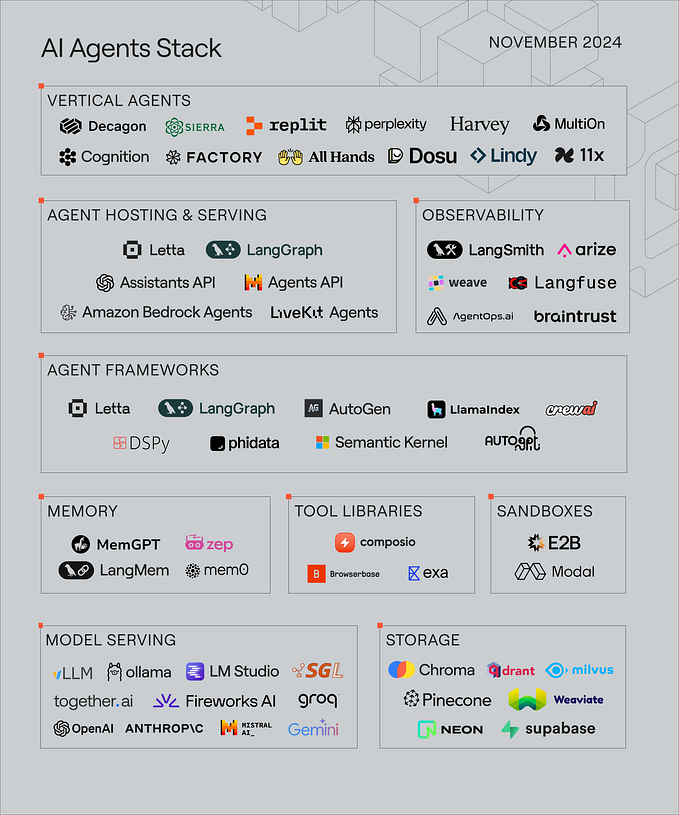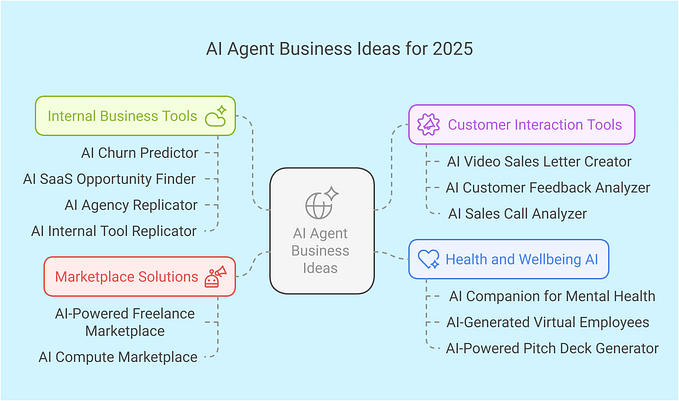
How PMs can utilise the Power of Logic Models ?
Are you a product manager looking to transform your product’s journey from good to exceptional? Have you ever considered how a deep understanding of logic models can be your secret weapon?
Logic models, often underutilized and misunderstood, are powerful tools that can revolutionize how product managers plan, implement, and evaluate their products. This article dives deep into the world of logic models, offering practical advice and real-world examples to help product managers harness their full potential.
Understanding Logic Models
What is a Logic Model?
A logic model is a systematic and visual way to present the relationships among the resources, activities, outputs, and outcomes of a program or product. It’s like a roadmap that outlines what you plan to do and what you hope to achieve.
Why Logic Models for Product Managers?
- Clarity in Planning: They help in visualizing the product strategy, making it easier to communicate with stakeholders.
- Effective Resource Allocation: By understanding the inputs and processes, product managers can allocate resources more efficiently.
- Measurable Outcomes: Logic models focus on outcomes, not just outputs, aiding in setting measurable goals.
Crafting a Logic Model: Step-by-Step
Step 1: Define Clear Inputs
Inputs are the resources needed for your product. This could be funding, human resources, technology, or data. For example, a new app development project would require a skilled development team, funding, and user data.
Step 2: Outline the Activities
These are the actions or processes that utilize the inputs to produce outputs. In our app development example, this could include market research, design, coding, and testing phases.
Step 3: Identify Outputs
Outputs are the direct results of your activities. For the app, this would be the beta version, user feedback reports, and the final app.
Step 4: Determine Outcomes
Outcomes are the changes or benefits resulting from your product. For the app, this could be increased user engagement, revenue growth, or improved customer satisfaction.
Step 5: Feedback Loops and Adjustments
Logic models are not static. They require constant evaluation and adjustment based on feedback and changing market dynamics.
Real-World Examples
- Launching a New Feature: A SaaS company uses a logic model to plan the launch of a new feature, ensuring all resources are aligned for effective rollout and market acceptance.
- Revamping a Product: A retail company applies a logic model to understand the impact of digital transformation on their customer experience and sales outcomes.
Practical Tips for Product Managers
- Start with the End in Mind: Focus on the desired outcomes and work backward.
- Engage Stakeholders: Use the logic model to communicate with your team, management, and other stakeholders.
- Be Flexible: Adapt your model as new information and feedback become available.
- Use Technology: Leverage project management and visualization tools to create and share your logic models.
Here is a quick mind map for above article :

Logic models are more than just theoretical constructs; they are practical tools that can bring clarity, focus, and success to your product management journey. By understanding and applying these models, you can elevate your product strategy, ensuring that every step you take is aligned with your ultimate goals.
Thanks for reading! If you’ve got ideas to contribute to this conversation please comment. If you like what you read and want to see more, clap me some love! Follow me here, or connect with me on LinkedIn or Twitter.
Do check out my latest Product Management resources 👇
- 🧠 100 + Mind Maps for Product Managers
https://rohitverma.gumroad.com/l/MindMapsForPMs
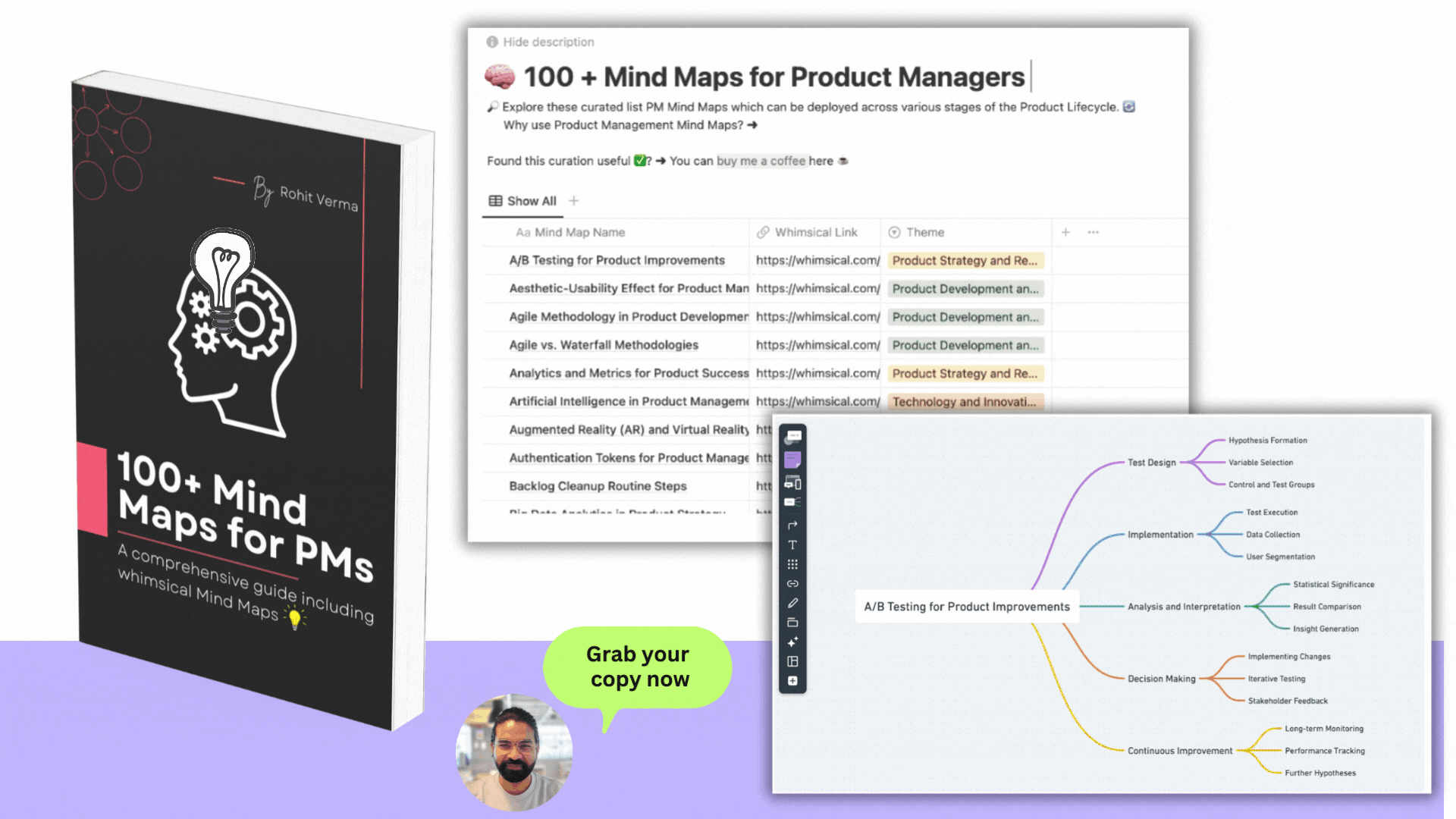
- 100 Technology Terms PMs Need to Know 💡
https://rohitverma.gumroad.com/l/PMTechTerms

- The Ultimate List of 100+ Product Management tools 🛠https://rohitverma.gumroad.com/l/PM-tools
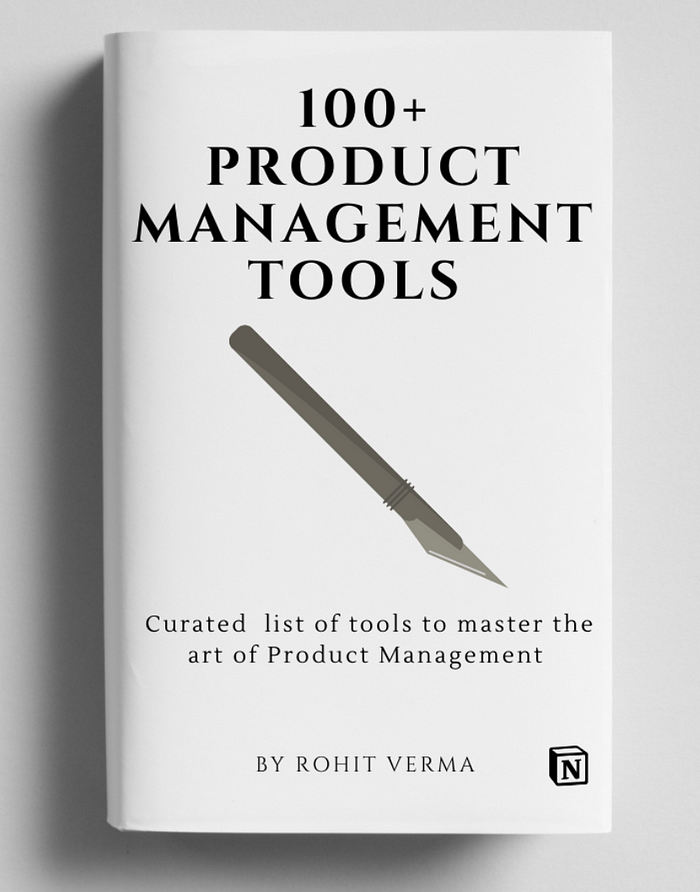
- The Ultimate List of Product Management Frameworks ⚙️
https://rohitverma.gumroad.com/l/PM-frameworks
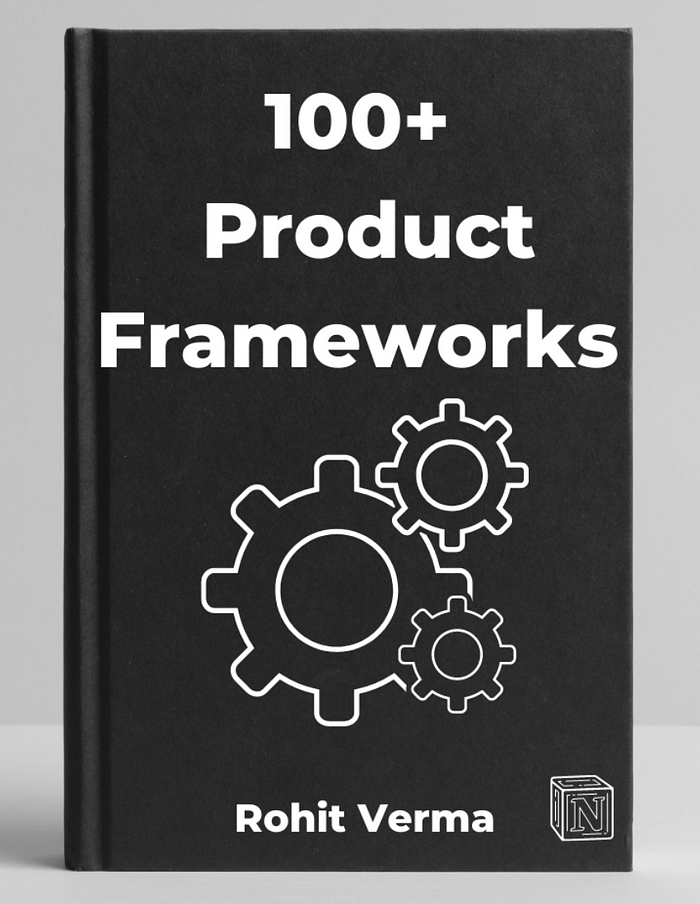
- The most exhaustive OKRs notion template 📔https://rohitverma.gumroad.com/l/OKR-Template






